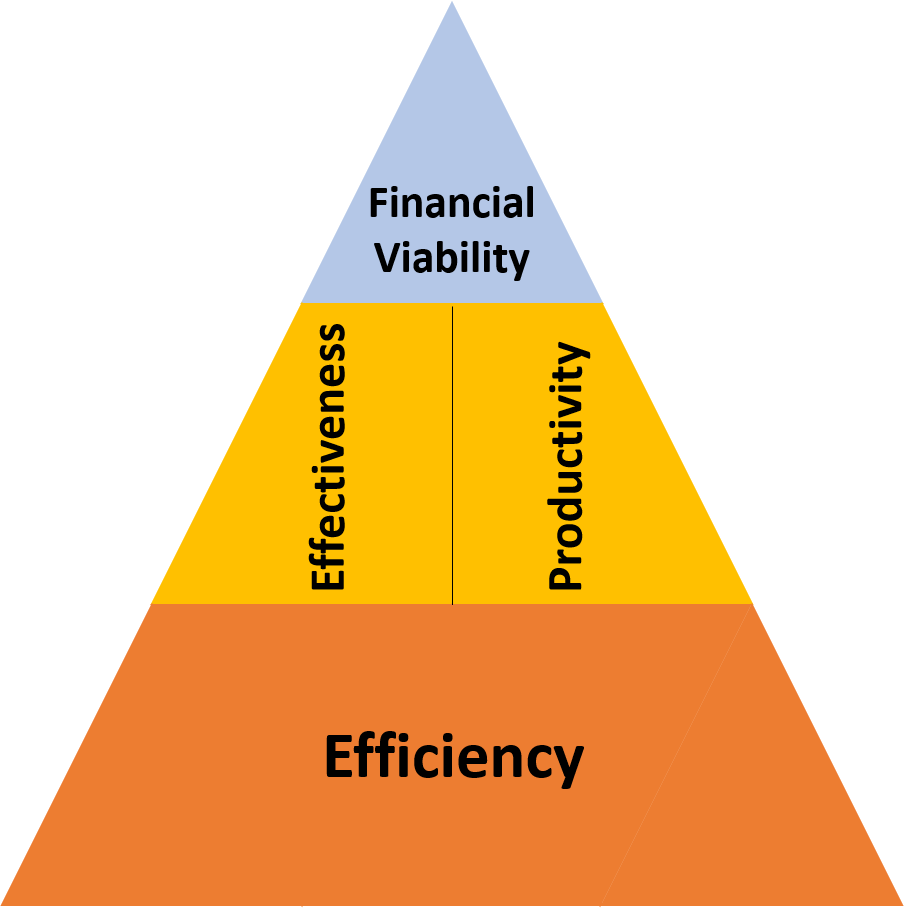At NPC Analytics, our mission is to help organizations improve the efficiency of their operations processes.
In developing our Integrated Model Process Analytics & Control Tactics Tool (IMPACTT) service, we have applied our combined 30+ years of experience in the following areas: (i) evaluation/improvement of efficiency & productivity and (ii) analytics.
As a result, our IMPACTT service is powered by innovative and proprietary algorithms that help our clients gain the deepest and most accurate insights into operational process areas where they have inefficiency/waste.

Our vision is a world in which organizations have 100% accurate insight into waste/inefficiency in their operations.
Our Philosophy

At NPC Analytics, we make the distinction between true measures of waste/efficiency and poor or very poor proxies for waste/efficiency.
It has been our experience that efficiency is often confused with some of these proxies for efficiency (e.g. productivity, which is usually wrongly assumed to be interchangeable with efficiency). See “What We Do” for more on how productivity and efficiency differ.
Most of these proxies measure other things and can be poor replacements for efficiency.
We classify waste/efficiency evaluation methods/tools into three groups (shown in the illustration).
Group 1: These methods/tools are those we classify as being very poor proxies for waste/efficiency. They are always inaccurate for evaluating efficiency. These methods/tools are mostly used by non-profit and public (government) sector organizations.
Group 2: These are the methods/tools we classify as being poor proxies for waste/efficiency. They are, more often than not, inaccurate for evaluating waste/efficiency. Public and for-profit sector organizations tend to prefer these methods/tools.
Group 3: These are the methods/tools we classify as being good/great for evaluating waste/efficiency. They are always accurate. However, Lean+6σ is a lot more expensive than IMPACTT and is typically used by medium to large for-profit organizations.

Note: Lean and 6σ are included in Group 2 because, separately, they do not present the full picture on waste/efficiency and are, thus, sometimes inaccurate. Using them together (as Lean+6σ) makes them more accurate and moves them into Group 3.
An Additional Note
The differences between the various aspects of organizational performance assessment (OPA) is another area in which there is often lots of confusion.

Determining the performance of any organization typically involves assessing it for the following: efficiency, effectiveness, productivity and financial viability.
However, due to the challenges involved in measuring efficiency, the focus is often on the other three aspects. As a result, efficiency improvement is usually overlooked even though it is the foundation upon which all the other aspects are built (as can be seen in the OPA pyramid). It has been shown that improvements in efficiency always lead to improvements in effectiveness, productivity and financial viability. However, improvements in any of the other three do not necessarily imply improvements in efficiency (see “What We Do” for how improvements in productivity can result in reductions in efficiency!)
Overhead Ratio and Unit Cost are part of the financial viability assessment. Effective Outcome is part of the effectiveness assessment. Productivity Ratio is part of the productivity assessment. Lean + 6σ and IMPACTT are part of the efficiency assessment.
